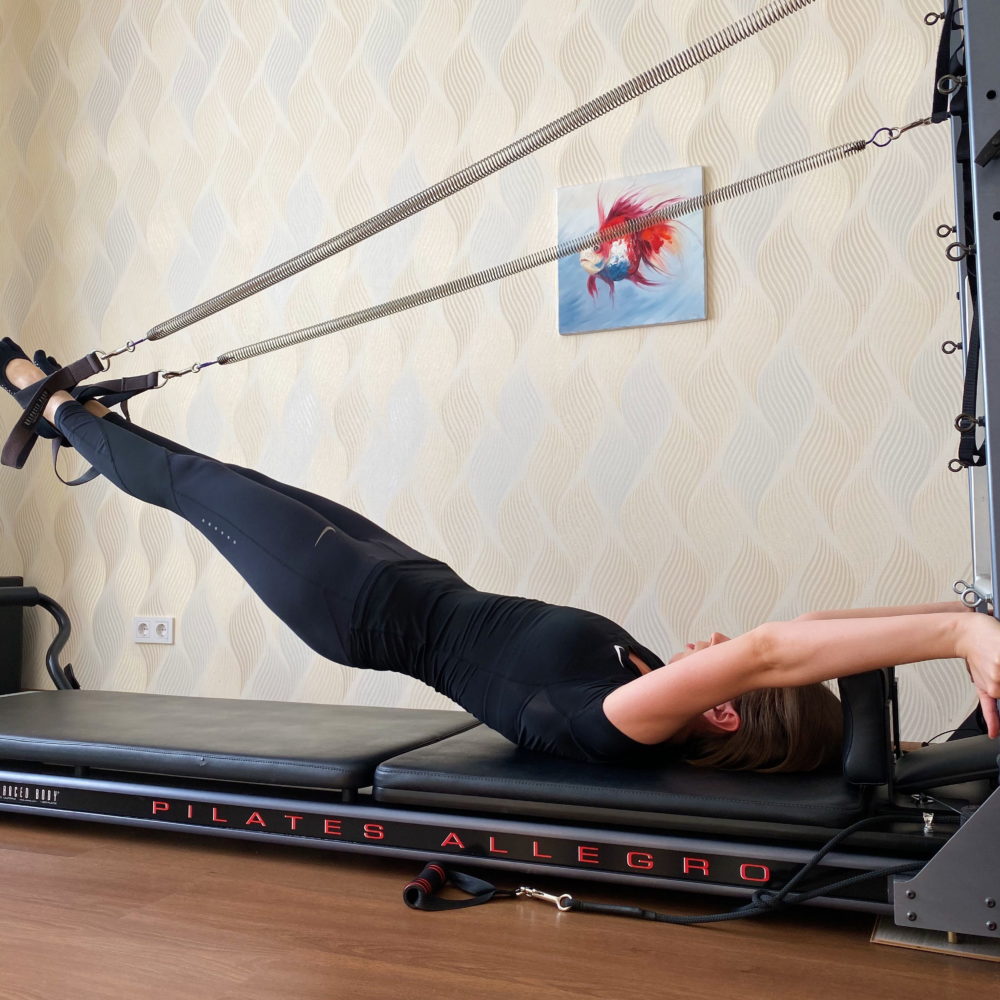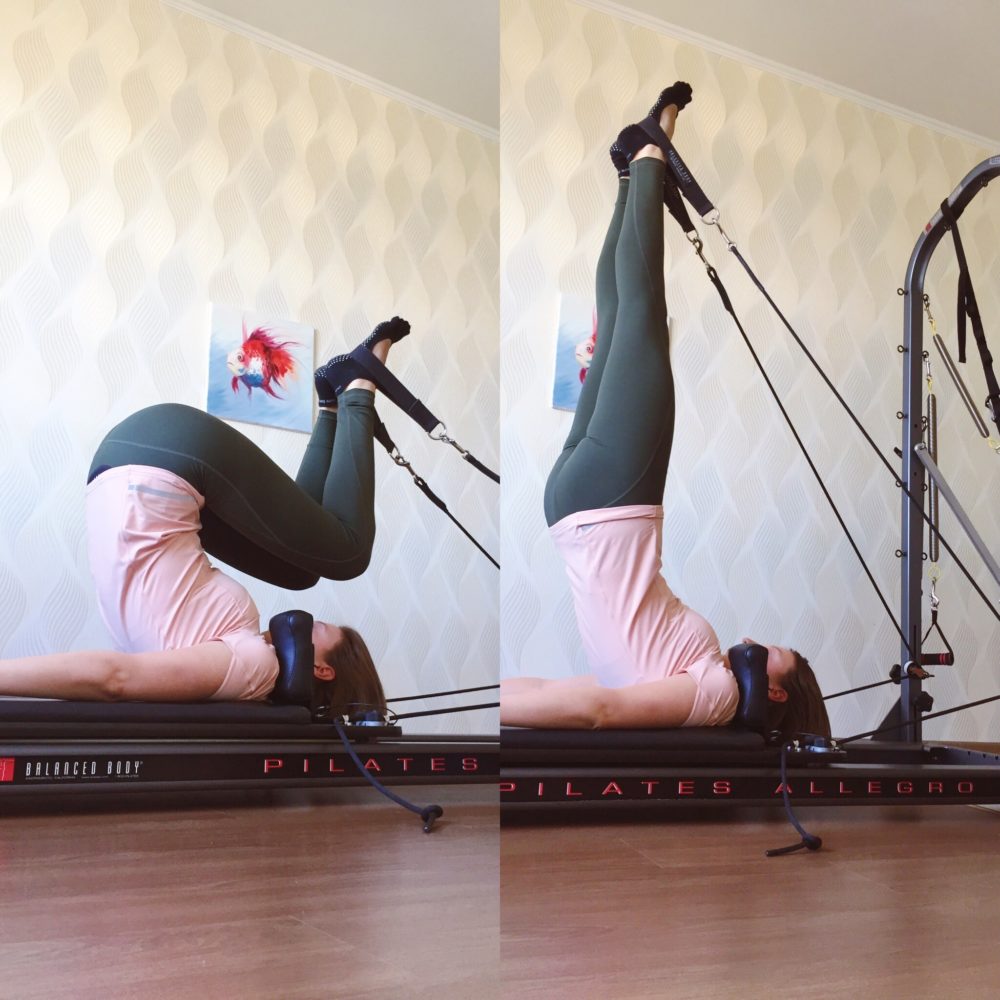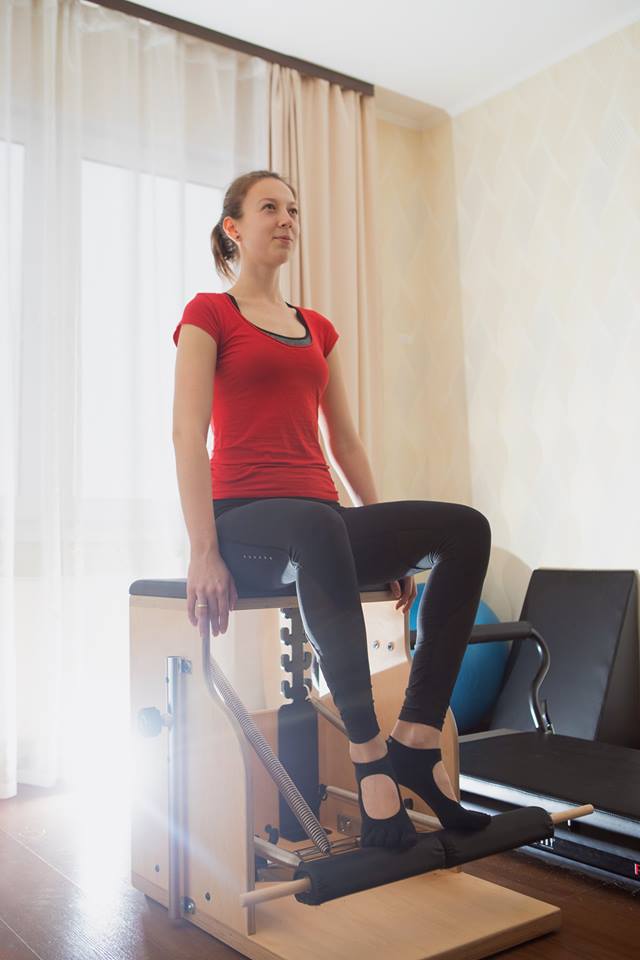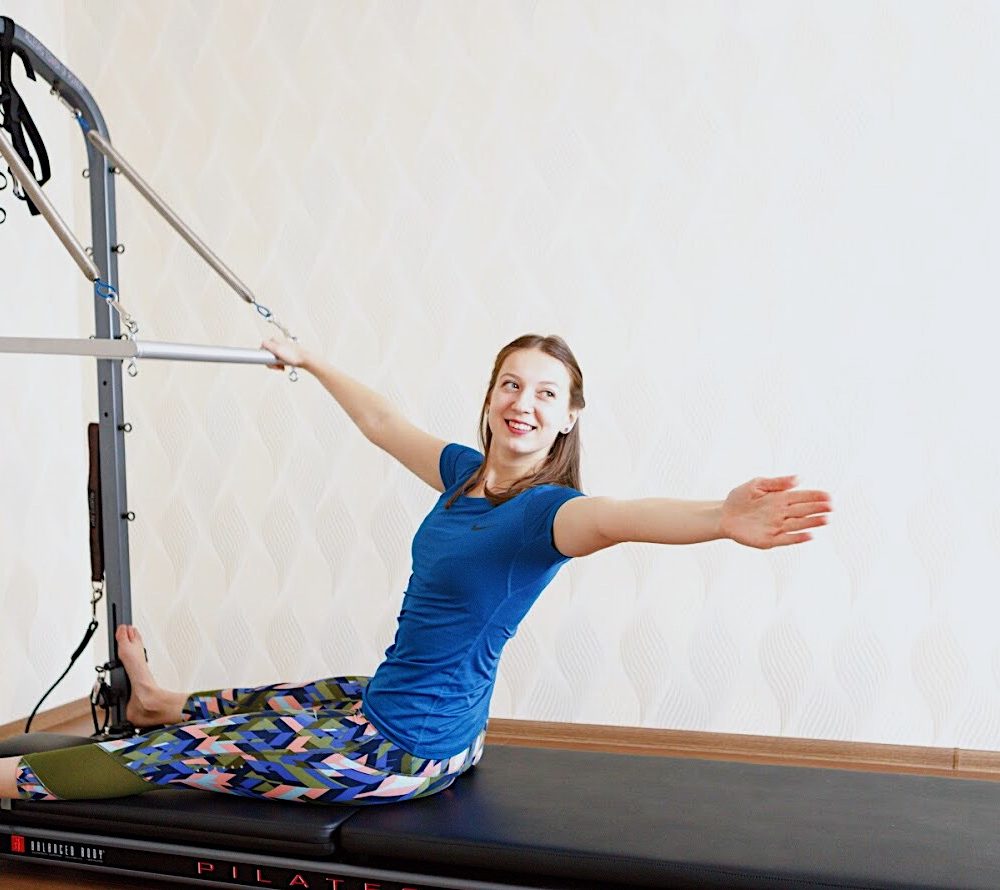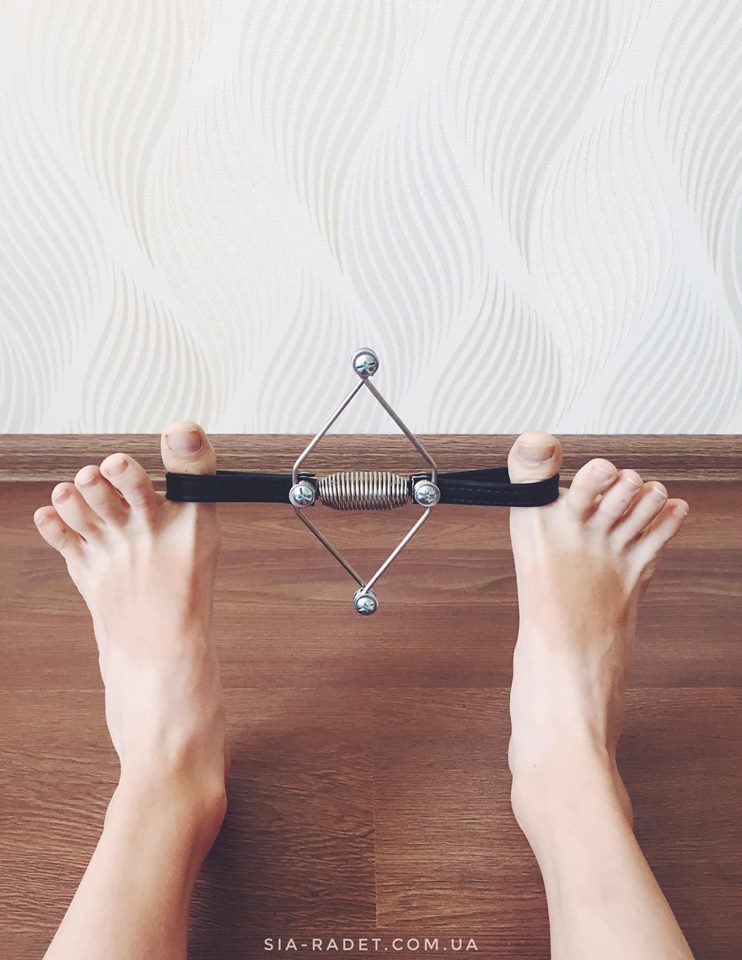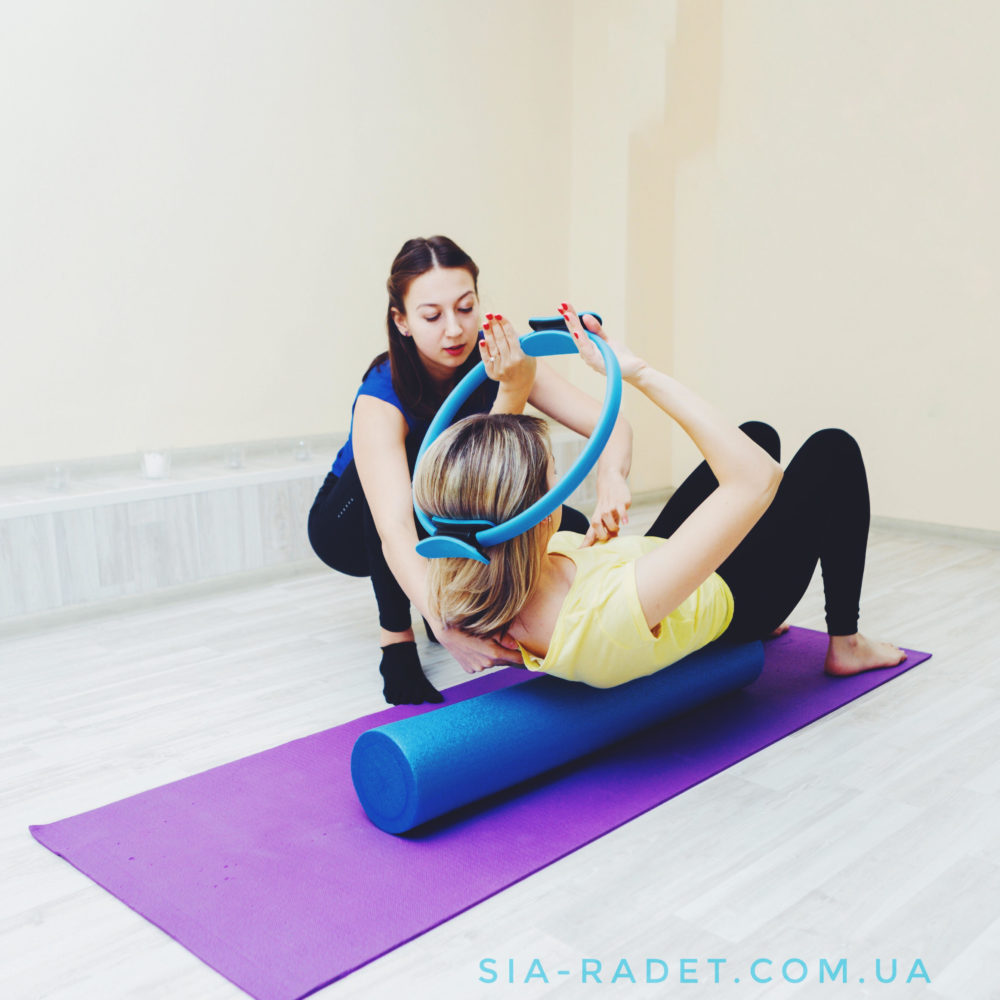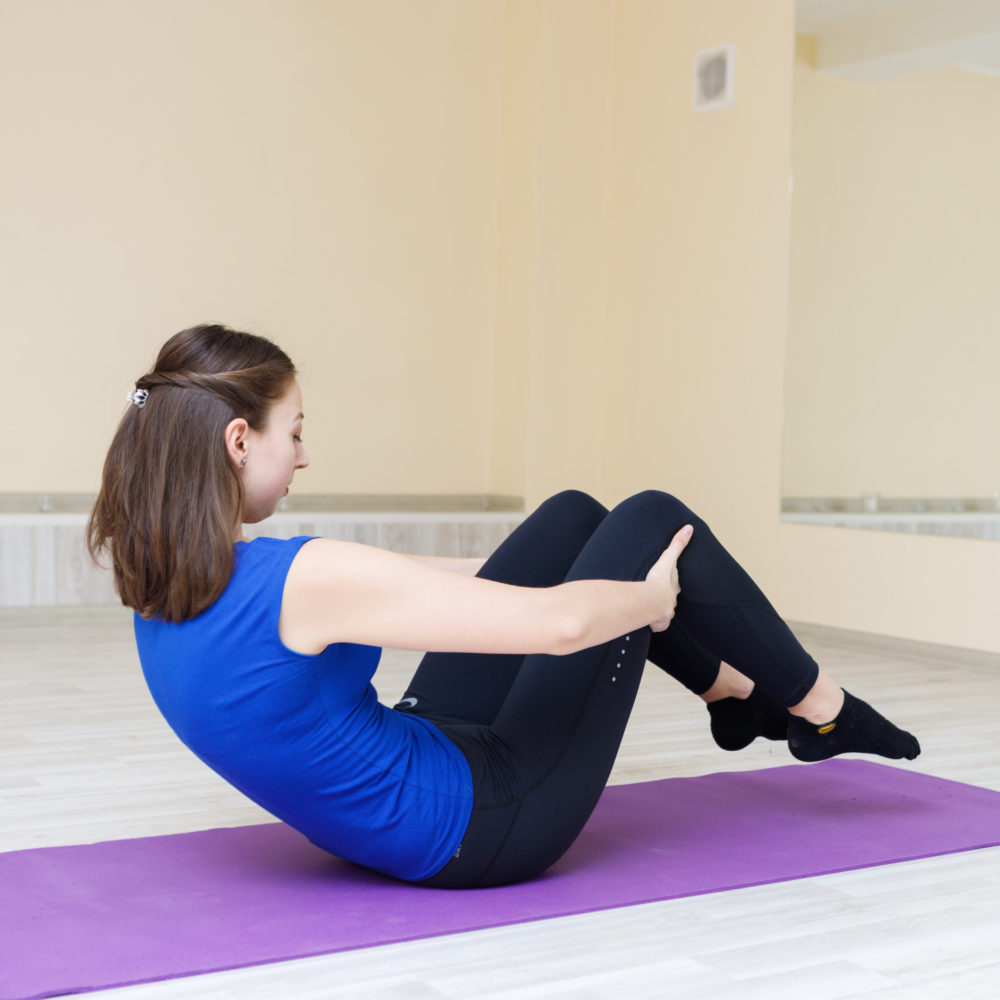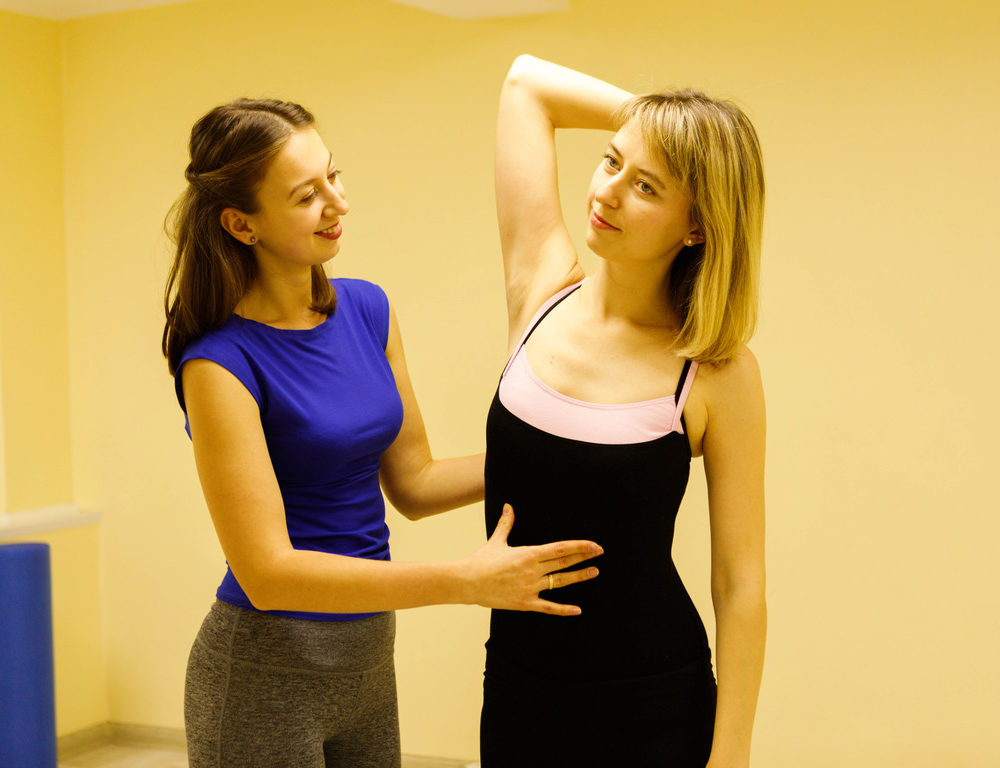Fitness after giving a birth
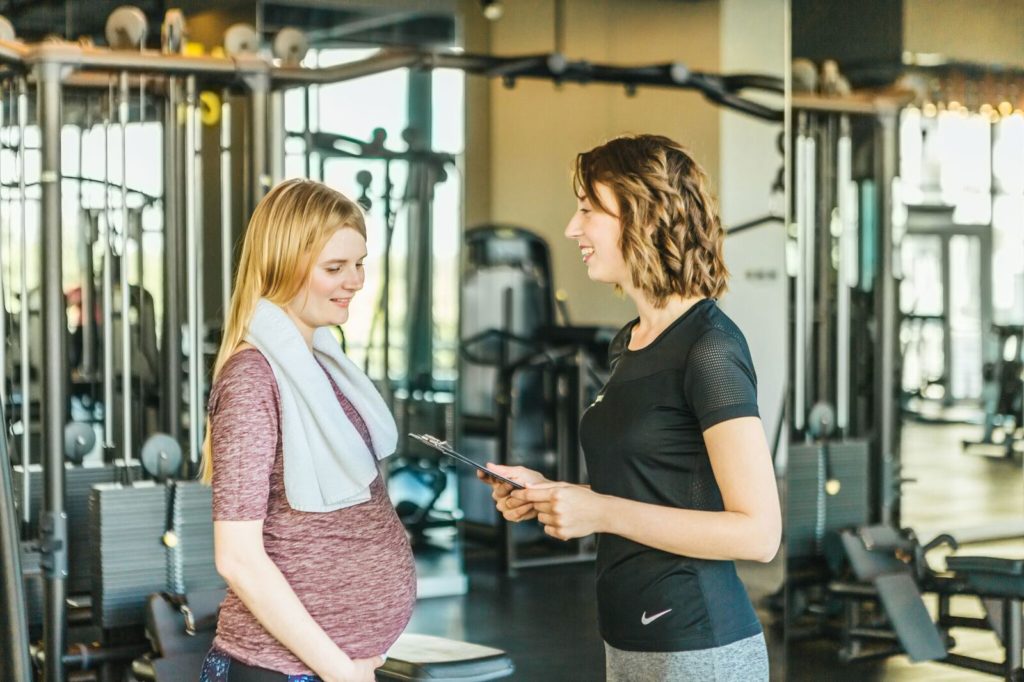
After the birth of a child, your life becomes different. And no one can predict how much it will change. My clients often say that their bodies after childbirth became bulky, and on the other hand sensations in their body became intuitive. Pregnancy and childbirth are different from anybody’s experience, even if a woman gives birth to a second or third child. Therefore, there is no advice for postnatal fitness, which is optimal for everyone.
The first question that interests all women – when can I start classes?
It depends on how the labor passed and what was the experience of prenatal sport. If the birth took place without complications and breaks, doctors recommend doing exercises for joints and tendons before getting out of bed after 24 hours. Starting from the sixth week after childbirth, you can restart physical culture.
Active workouts are recommended 6-12 months after childbirth. Obviously, high-class athletes can train in accordance with their schedule. But even if it seems to you that it’s time to start training, without the doctor’s permission, you do not need to do this.
Why is it important to start classes as early as possible?
If you do not have contraindications to training, fitness is your responsibility, because a healthy mother is a healthy child. Physical exercises help to retract the uterus, improve the functioning of the intestines and urogenital system, normalize sleep and appetite, prevent postpartum complications, strengthen muscles and improve posture.
What kinds of postnatal fitness are the most effective?
If the labor were without complications, doctors recommend doing Kegel exercises, breathing techniques and articular-tendon gymnastics in the lying position right the next day. After 6-12 weeks, you can start doing Pilates. This method is great as it will help to strengthen muscles, restore the deep muscles of the abdomen, back and pelvic floor, improve posture and relieve the pain in the back. After 6-12 months after childbirth, you can start to exercise with weights and do cardio workouts, paying attention to the safety of training for your body.
How often do you need to practice?
Ideally, you need to practice every day. But in fact 1-hour training is not the first on to-do-list for moms with newborns. Therefore, there is a simple way: 3 times a week whole training, the rest of the days you can have 5-10 minutes for Kegel exercises, breathing techniques and meditation.
Are there any prohibited exercises in the recovery period?
Oh sure. Woman after pregnancy have stretched muscles in the abdomen area and also weak pelvic floor muscles. Therefore, even if a woman is not diagnosed with diastase, she shouldn`t do any exercises on the rectus muscle of the abdomen, i.e. crunches, until the end of breastfeeding. Since the hormone relaxin continues to be produced in the body and create an even greater stretching of the muscles, woman shouldn’t do a lot of stretching routine since it can only increase the instability of ligaments and joints and cause injuries. Any exercise with lifting weights or excessive tension should not be present in the training until the muscles of the pelvic floor are strengthened. The main goal for postnatal fitness is to strengthen the deep muscles of the abdomen and back.
Is there a magical exercise for the postpartum period?
Pelvic floor muscles provide support for the genitals and internal organs. After labor pelvic floor muscles are weak, it is also possible a presence of prolapse. If woman is not prescribed surgery, then at least Kegel’s exercises should become daily. The goal of the exercise is to strengthen pelvic floor muscles.
You can imagine the diaphragm of the pelvic floor like an elevator. The rhythm of the pelvic diaphragm is attuned to the breathing, so during inhale the muscles of the pelvic floor relax, as if the elevator goes down and the doors open, and on the exhale pelvic floor are activated, as if the doors close and the elevator lifts up. Kegel`s exercise should cause tension only pelvic floor muscles, so you should avoid squeezing the buttocks, thighs or abdominal. These exercises can be done sitting on a chair or lying on the floor, 6-10 repetitions several times a day.
What will be the recovery after cesarean section?
After 6 hours after the operation, you can proceed to the simplest joint arthritis lying down and stroking massage movements in the area of the chest and abdomen. By the end of the day after the operation, doctors recommend turning from side to side on the bed and early rising under the supervision of a health worker. After the removal of the seams and being allowed by doctor, you can begin to perform the Pilates method exercises. After 4-6 months you can add classes of medium intensity.
How to practice and not lose lactation?
Breastfeeding requires the consumption of large amounts of water. So do not forget to drink water while exercising. Increase the load gradually. Avoid high intensity exercise, especially on the chest muscles. Provide maximum support for the breasts with sports bra while running. Such activities as Pilates, yoga, qigong, swimming with a reasonable approach can not affect lactation.
What should be nutrition in the postpartum period like?
The principles of healthy nutrition are the same for everyone. Despite the fact that mothers often worry about what can negatively affect a child, there is no certain harmful product. There are some groups of products that can influence on child reaction. Among them: products containing lactose, gluten, refined sugar, eggs and poultry meat, fish and seafood, exotic fruits and citrus fruits. Your task is to listen to yourself and your baby after using these or other products.
So how can you quickly return your body to the form that was before pregnancy?
First of all give yourself time. Your body has changed during the 9 months of pregnancy, give him at least the same period for recovery. A firm decision to return a flat belly, as in Instagram from that young lady, two months after delivery can damage your health for years ahead. Focus on a healthy and conscious recovery, do fitness only with a personal trainer of high qualification and try to make this process as enjoyable for yourself and your child.
